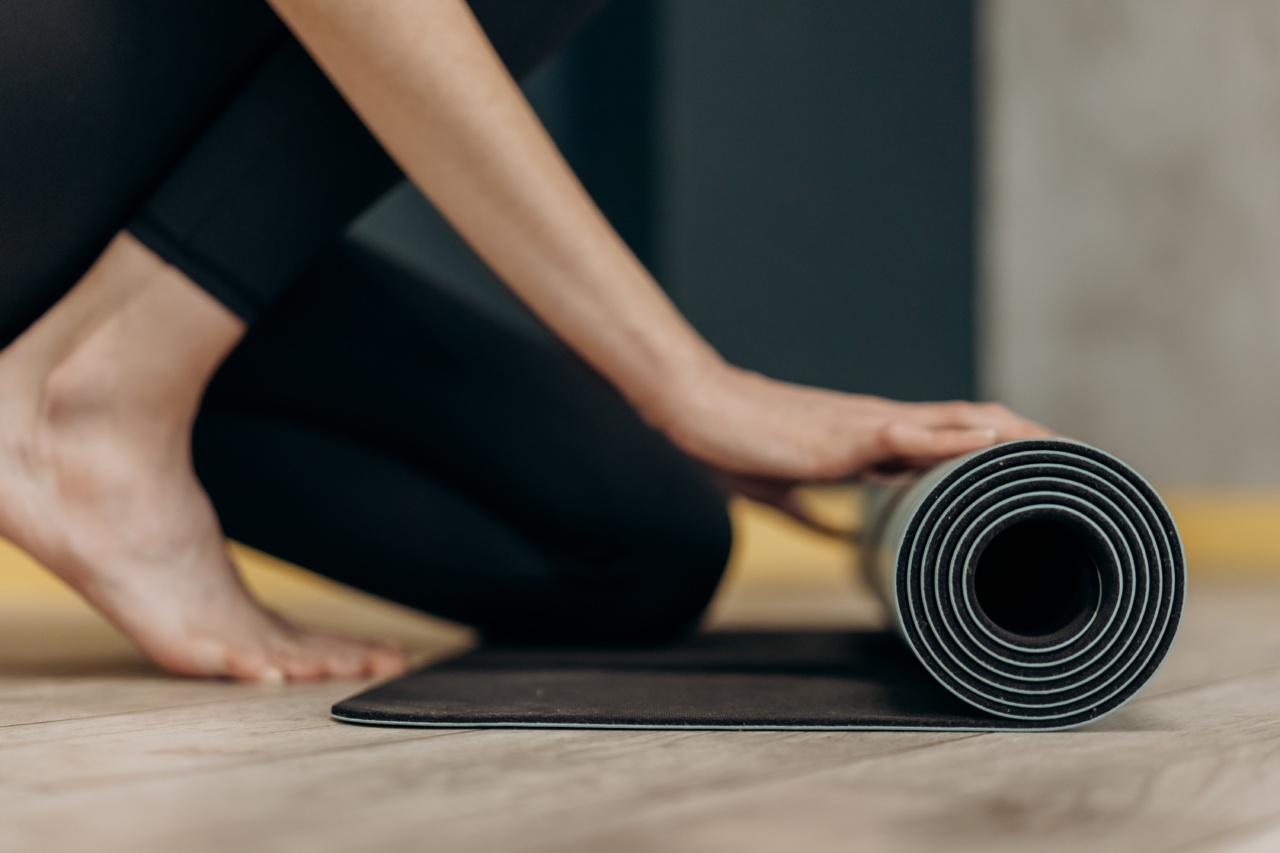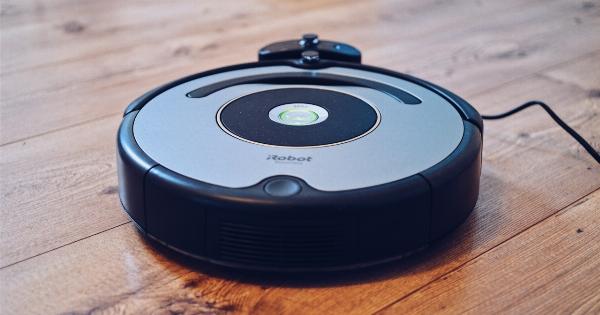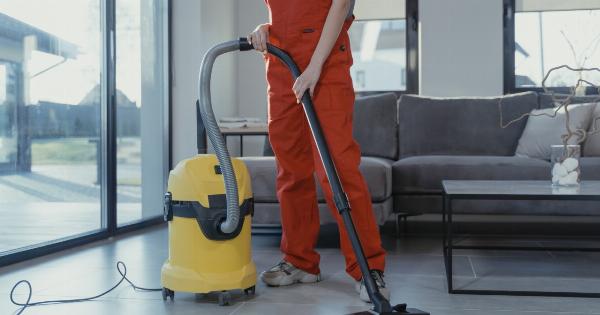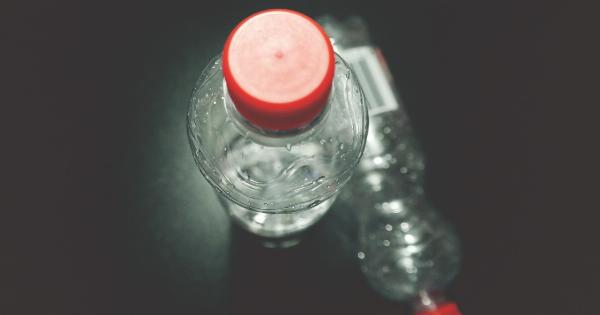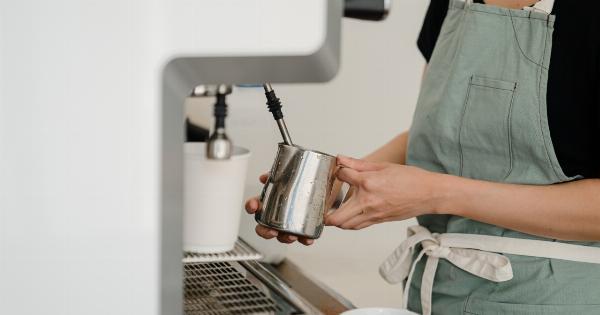When you think of harmful pollutants, you may picture the outdoors, with its thick smog and toxic waste. However, did you know that pollution can occur in your own home? It can, and it might be due to your household appliances.
1. Air Conditioners
Don’t let the cool breeze fool you. If you don’t maintain your air conditioner properly, it can blow harmful contaminants into your home.
The risk is especially high if you or someone in your home has respiratory problems like asthma or allergies.
2. Refrigerators
Refrigerators work by using chemicals that can damage the environment and even jeopardize your health. To stay safe, look for models that use safer refrigerants like carbon dioxide or ammonia.
3. Stoves and Ovens
Stoves and ovens emit carbon monoxide and nitrogen oxides. A good way to keep these contaminants out of your home is to use ventilation hoods. Make sure to clean these hoods frequently to prevent mold from forming.
4. Microwaves
Microwaves can emit electromagnetic radiation which can be harmful in excessive amounts. To reduce your risk, avoid standing too close to the device while it is in use and use microwave-safe containers when cooking food.
5. Vacuum Cleaners
Vacuum cleaners can stir up dust and allergens that can exacerbate respiratory conditions. Look for models that come with HEPA filters and clean the filter regularly to keep your vacuum working efficiently and safely.
6. Washing Machines and Dryers
Detergents and fabric softeners that are used in washing machines and dryers can cause skin irritation and release toxic chemicals into the air. To protect your skin and respiratory system, choose organic or natural laundry detergent options.
Proper ventilation and only using the dryer for laundry, will prevent toxic fumes from spreading throughout your home.
7. Toasters
Toasters can emit volatile organic compounds (VOCs). To reduce your exposure, open windows or turn on a ventilation system while using your toaster.
8. Coffee Makers
Coffee makers can harbor bacteria if not cleaned regularly. Always make sure to properly clean your coffee maker’s chamber and piping at least once a week.
9. Dishwashers
Dishwashers can release heat and steam that can damage cabinets and affect air quality. Leave the dishwasher door open when not in use so that it completely dries and does not cause hidden mold risk in the kitchen.
10. Kettles
Electric kettles can release cadmium and lead when heating water. Use kettles made from safe materials such as stainless steel or glass instead of plastic kettles. They are sturdier and safer from long-term use as well.
Conclusion
Household appliances are essential to daily life, but they can also pose hidden health risks. Make sure to properly maintain them, keep ventilations systems in order and clean them regularly.
Additionally, it is important to always follow manufacturer’s guidelines when using any appliance at home.
